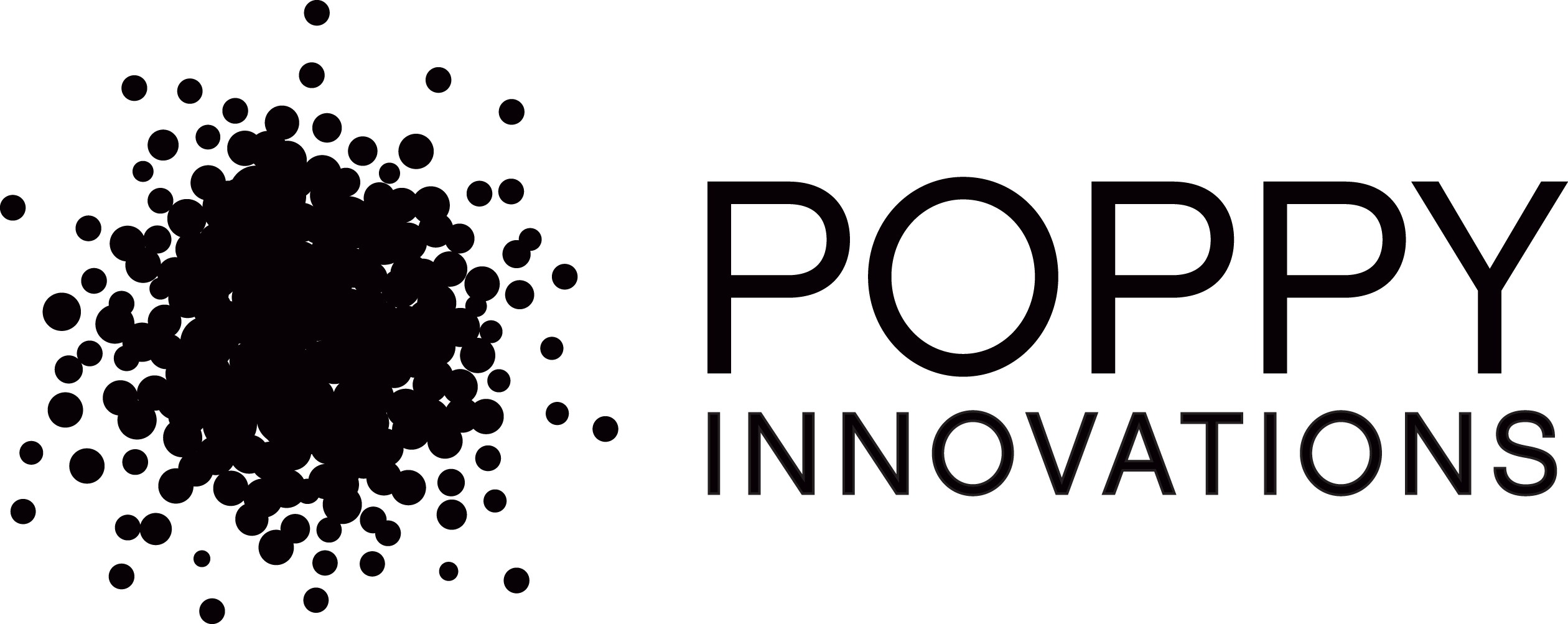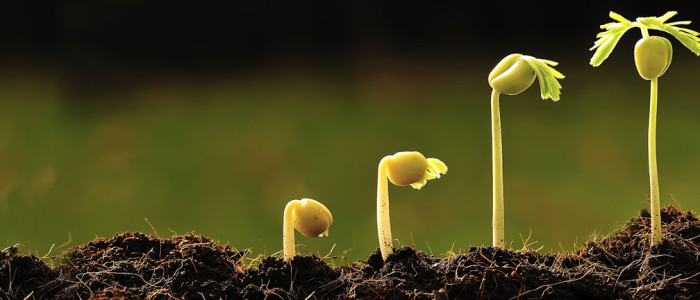Soil Amendments
How are you going to feed your garden soil before you put in your plants? It is a vital step for healthy plant growth and we all want that! Get the dirt on various soil amendment materials like fertilizers and conditioners with Spruce It Up’s article shown below. It is an excellent resource to finding out about the many products available and how they work.

Fertilizers and soil amendments are a wide array of materials added to soils to improve plant growth. They can be organic, such as bone meal, or inorganic, such as 10-10-10 fertilizer. Soil amendments are anything mixed into topsoil to promote healthy plant growth. They function in a number of ways. For example, they may change the pH of soil or supply nutrients. Fertilizers are primarily valued for their ability to supply nutrients. Plants use these nutrients to make components for plant growth such as proteins and carbohydrates. One sub set of soil amendments, soil conditioners, like composted sheep manure, improve soil structure by binding soil particles into larger aggregates. This increases the amount of pore space and enhances air exchange, water movement, and root growth.
FEED THE SOIL FIRST!
The surest way to improve plant growth is the regular incorporation of organic matter such as composted yard waste. Organic matter improves soil structure, slowly releases nutrients and increases beneficial microbial activity.
FERTILIZER GUIDELINES
Good health in plants depends on a continuous supply of available nutrients from the soil or in the case of container plants the growing media. Nutrient needs vary from plant to plant and the ability of the soil to supply those nutrients varies from site to site. Most garden and landscape plants grow best in a soil pH range of 6.0-7.0. Many nutrients become either unavailable or overly abundant outside this range. Pay close attention to your soil pH readings and be prepared to adjust them according to your soil test recommendations. Fertilizers won’t necessarily help sick plants, if the cause of poor growth is related to insect, disease or environmental problem and not to a lack of nutrients. Overuse of fertilizers can lead to weak, succulent growth, encourage insect pests and disease problems, and contribute to water pollution.
FERTILIZERS
The main chemicals that must be supplied to plants are called primary nutrients. Those required in the greatest amounts are Nitrogen (N), Phosphorus (P), and Potassium (K). Fertilizers are labelled with a three number analysis corresponding to N,P, and K. It tells what percentage of the net weight is actually composed of these three nutrients. Inorganic or chemical fertilizers are typically less expensive (per pound of nutrient) and more readily available for plant growth than organic fertilizers.
However, organic fertilizers often supply other nutrients in addition to N-P-K release nutrients slowly over the growing season, and may double as soil conditioners. Contributions of primary nutrient to plant health: • Nitrogen (N) – strong leaf growth, dark green color. • Phosphorous (P) – roots, early plant growth, seed formation. • Potassium (K) – plant vigour, disease and stress resistance, and flavor and color enhancement.
Some fertilizers are known as quick release or highly soluble fertilizers. They are useful when rapid results are required. They come in liquid or powder form and are applied to root zones or sprayed directly on foliage. Slow release fertilizers, make nutrients available in small amounts over an extended period. Fertilizer stakes or tablets placed in root zone soil are also slow release formulations. However, salt accumulation resulting in root burn, can occur immediately adjacent to these latter products.
LIST OF FERTILIZERS
Blood meal: readily available nitrogen, typically 10-12 %. Last about 2 months. May help repel deer and rabbits when top dressed around plants.
Chelated iron: Chelated iron is applied to the foliage of plants suffering from iron chlorosis (yellowing from iron deficiency). Chelated elements are combined with compounds that hold them in solution, making them available for plant uptake through roots or leaves.
Compost tea: ordinarily homemade from steeping compost in a bucket of water (5 parts water to 1 part composted by volume) for 1-3 days, then staining and applying the brew to plants. Good method for applying soluble nutrients directly to foliage or roots during the early part of the growing season when nutrients from soil organic matter are not readily available.
Corn gluten: a natural pre-emergent herbicide. Apply in spring as a top-dressing to help control crabgrass and some weed species. It adds some organic matter and nutrients to the soil (10-1-1). Should be applied three times in a season: spring, summer, and fall)
Epsom salts: magnesium sulfate, a highly soluble form of magnesium and sulfur. Can be used a a foliar spray for speedier results. Does NOT prevent blossom end rot.
Foliar fertilizers: are applied directly to the upper and lower leaf surfaces. Plants take up nutrients more efficiently through leaves than through roots. Foliar feeding is recommended to aid in the root growth and establishment of seedlings and transplants.
Fish products: formulations range from fish Powder (9-1-1) to fishmeal emulsion (5-1-1). Contain may valuable micro-nutrients.
Guano: Decomposed manure, usually of bat or seabird origin. Valued for fast release and high N analysis (10-3-1).
Kelp products: made from seaweed, contain dissolved ocean minerals. Valued as a growth stimulant because of rich concentrations of trace minerals (over 60), amino acids, vitamins, and growth hormones, including cytokinins, auxins and gibberellins. Very good for seedlings and transplants.
Manure: (purchased) these products carry an NPK fertilizer analysis on their label and will also improve soil structure. Steer – manure exposed to 180 F, dried to 17% moisture, and ground into a fine, soil like texture.
Rock products: a wide variety. Be aware that the touted immediately available nutrients may refer to only a small percentage of the whole, while the rest will be released slowly. Not considered organic if treated with a chemical to increase nutrient solubility.
- Soft Rock phosphate – phosphate clay with 18-22% phosphate, 27% calcium oxide, silicas, and 14 trace minerals. 2% phosphate immediately available, the rest slow release over 3-5 years. Half the liming value of ground lime.
SOIL CONDITIONERS
Most garden and landscape plants perform best in soils high in organic matter (greater than 2% organic matter, by weight, in the topsoil). These soils are loose, easy to work, and have a large number of earth worms. Organic matter is continuously used up through oxidation, downward movement through the soil profile, and plant growth. It should be replenished each year in cultivated flower and vegetable beds. Vegetable beds add at least 2 inches of compost yearly.
Compost: made from decayed organic materials such as straw, corn cobs, food wastes, poultry litter, grass clippings, leaves, and manure. Composts improve soil structure and slowly release nutrients to plant roots.
Gypsum: calcium sulfate, a mined product. The calcium is fast acting. Also recommended to tie up excess magnesium. Will leach sodium from soils with high salt concentration caused by de-icing materials. Gypsum will NOT raise or lower soil pH.
Manure: Sheep and chicken manure are higher in nutrients.
Mushroom compost: used or spent compost from mushroom farming. Mushrooms grown in this media use only a small portion of the many nutrients. Can have high soluble salt levels and should be fully incorporated and watered prior to planting.
Garden mix: a mix of topsoil and compost. Great for flowerbeds and gardens.
Peat moss: partially composted moss mined from prehistoric non-renewable bogs. Light and porous, it absorbs 10-20 times its weight in water. Its high surface tension causes it to repel water when it’s dry, so do not use as mulch or top-dressing. Contains little nutrient value, but has a high nutrient holding capacity. Peat moss is acidic (as low as 3.0 pH) so good for working into azalea and blueberry beds. It should always be pre -moistened before use. We are recommending coco earth; it actually has better moisture retention and does form hard clumps.
Sand: to improve water drainage and aeration of clay soils a minimum of 50% by volume is necessary. Use only coarse builder’s sand, not play sand. Often impractical to use because of the large volume needed.
Topsoil: screened to remove vegetable matter and rocks. Well suited for use under sod, general landscaping, and as a vehicle for adding amendments such as compost, manure, peat, sand, and fertilizer.
POTTING MIXES
Perlite: a very light weight heat expanded volcanic mineral which provides drainage and oxygen space in soils. Does not hold nutrients or water but is especially effective for increasing the porosity of potting media.
Soil-less mix: (eg. Spruce mix) A sterile mix of peat moss, perlite and vermiculite. May also contain coir, compost, bark, and chips and other ingredients. Recommend for growing seedlings. Also fine for indoor and outdoor container garden in.
Vermiculite: mica type mineral heated in high temperature furnaces to form sterile, expanded, fan like particles with may air spaces which promote aeration and water movement. Absorbs and holds nutrients and water (unlike perlite). Also rich in trace elements.
SOIL PH
Soil pH is a measure of the hydrogen ion concentration of soil. A pH value of 7.0 is neutral. Readings below 7.0 are acidic and those above 7.0 are alkaline. Soil nutrients are most available to plant roots and microbial activity is greatest when soil pH is in the 5.5 to 7.0 range. Plants may show symptoms of nutrient deficiency or toxicity at very high or low soil pH. For example, azaleas grown in high pH soil may have yellow leaves due to a deficiency of iron (iron chlorosis).
GROWTH STIMULANT
Mycorrhizae: are beneficial fungi which grow symbiotically on or in roots and extend the root structure by sending out tiny filaments to forage for nutrients. We sell the Myke’s product.
Nitrogen-fixing bacteria inoculant: a powder used to coat legume (pea, bean, and clover) seed to increase the growth of nitrogen fixing nodules on their future roots.



Comments are closed.